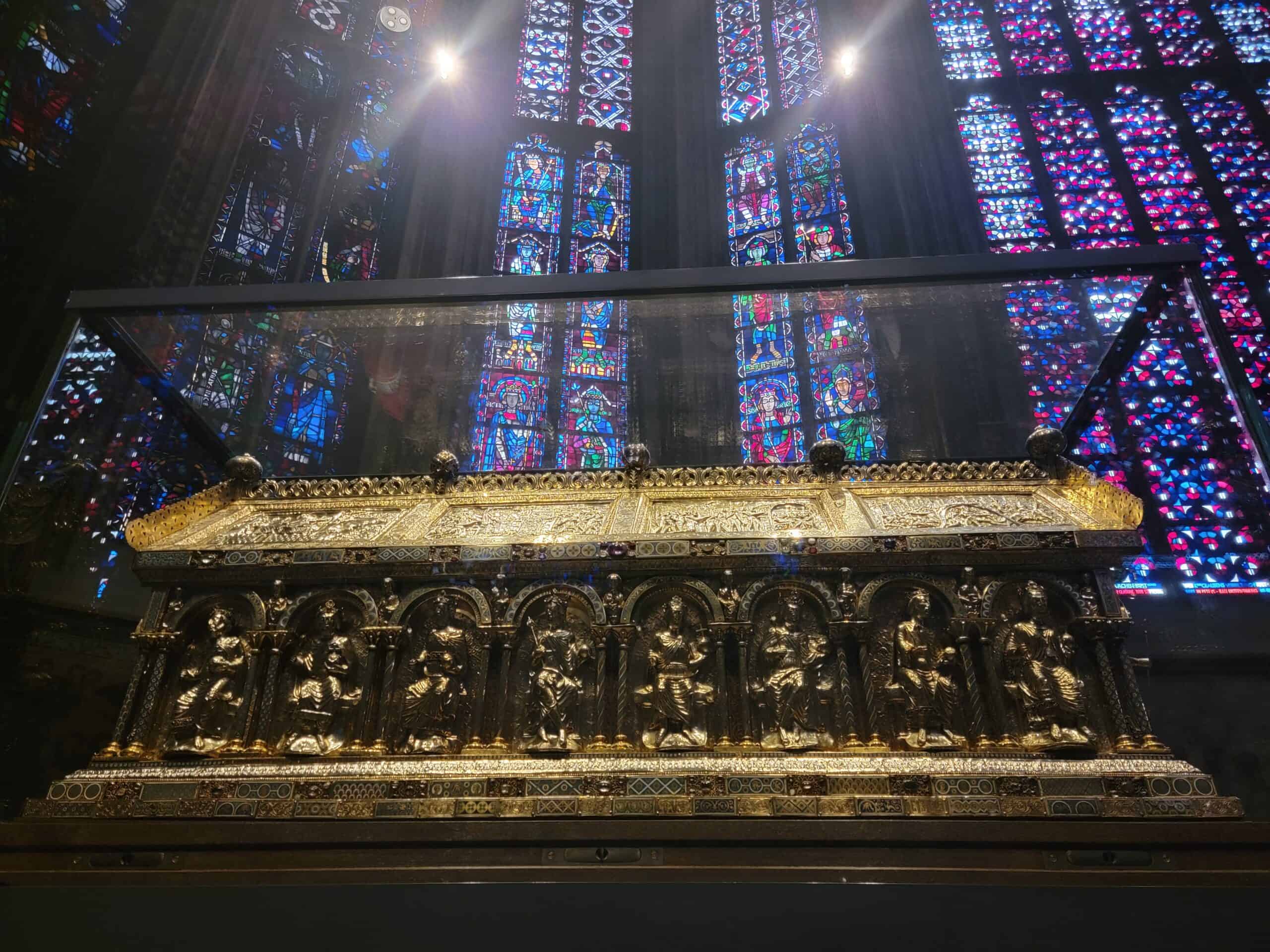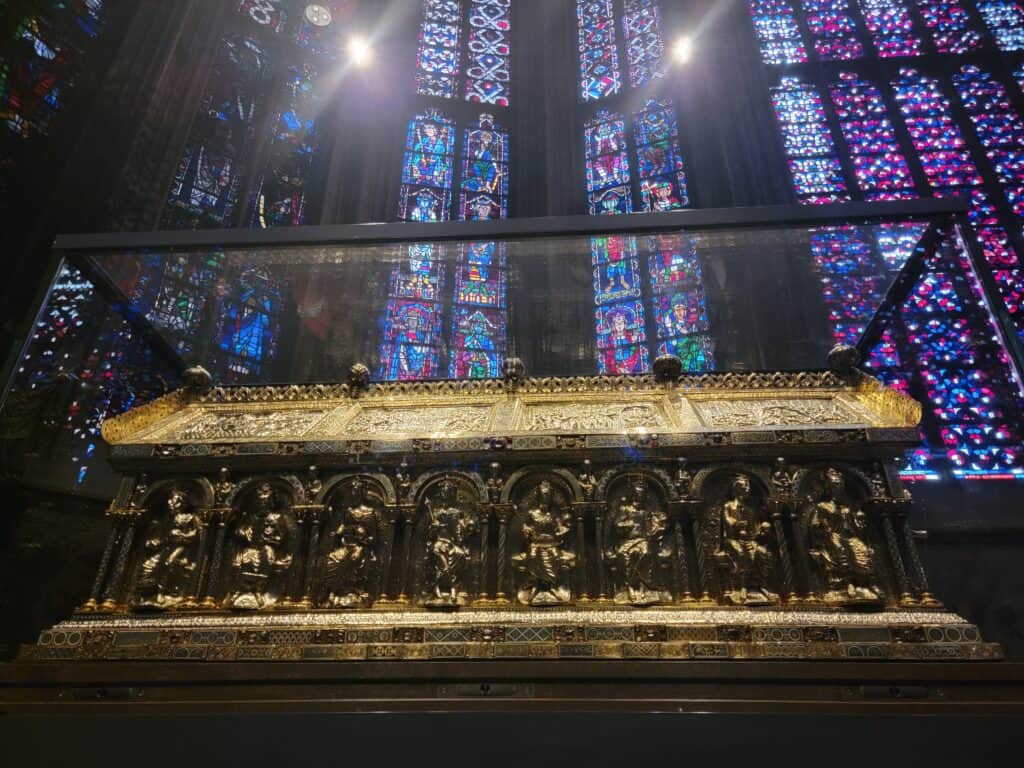
Here’s why just one day in Aachen, Germany, will live in your memory forever! Charlemagne’s shrine, golden reliquaries, a chapel of glass, an ancient throne and treasures beyond imagination! We had one day in Aachen and decided to do the thing one must do if there is only one day in Aachen. We visited Aachen cathedral, the final resting place of Charlemagne (aka Charles the Great, Carolus Magnus, and on his home turf just plain ‘Karl’).
In my family we call him Grandpa Charlie because we can trace our ancestry directly to him. Before you go thinking we’re all fancy and special, if you are of European descent, you are related to him as well!
“In 2013, geneticists Peter Ralph and Graham Coop showed that all Europeans are descended from exactly the same people. Basically, everyone alive in the ninth century who left descendants is the ancestor of every living European today, including Charlemagne…” [The Guardian]
This is simultaneously very cool and very horrifying because I hate to tell you, but like all great larger-than-life rulers of the ancient world, Grandpa had a dark side.
The Dark Side
“Charlemagne united Europe,” they say, but of course the uniting came at the business end of a sword with a giant army behind it. He spread Christianity through huge swaths of Europe by murdering any pagans who refused to convert.
The Saxons proved particularly unwilling to toss aside their gods. In what came to be known as the massacre of Verden, he ordered the slaughter of 4500 pagan Saxons. Eventually the remaining Saxons gave in, as did those from northern Italy, Bohemia, Bavaria, Croatia, Belgium, Austria and of course France and Germany. Unite or die.
On the brighter side, as Holy Roman Emperor he proved to be a talented diplomat (mass murdering aside) and was able to effectively administrate the vast area he now controlled. He was an advocate and promoter of education and facilitated the “Carolingian Renaissance,” with emphasis on scholarship and culture. This included the development of the “Carolingian minuscule,” a standardized form of writing that became the basis for modern European printed alphabets.
But enough of that. You came to see this.
Aachen Cathedral
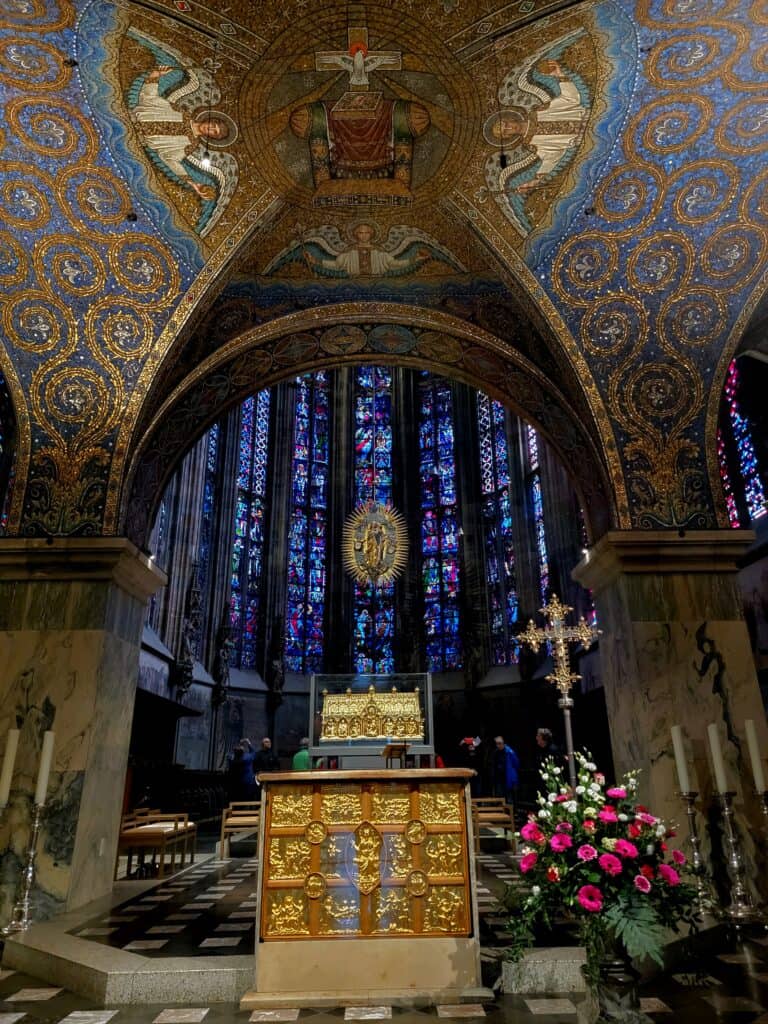
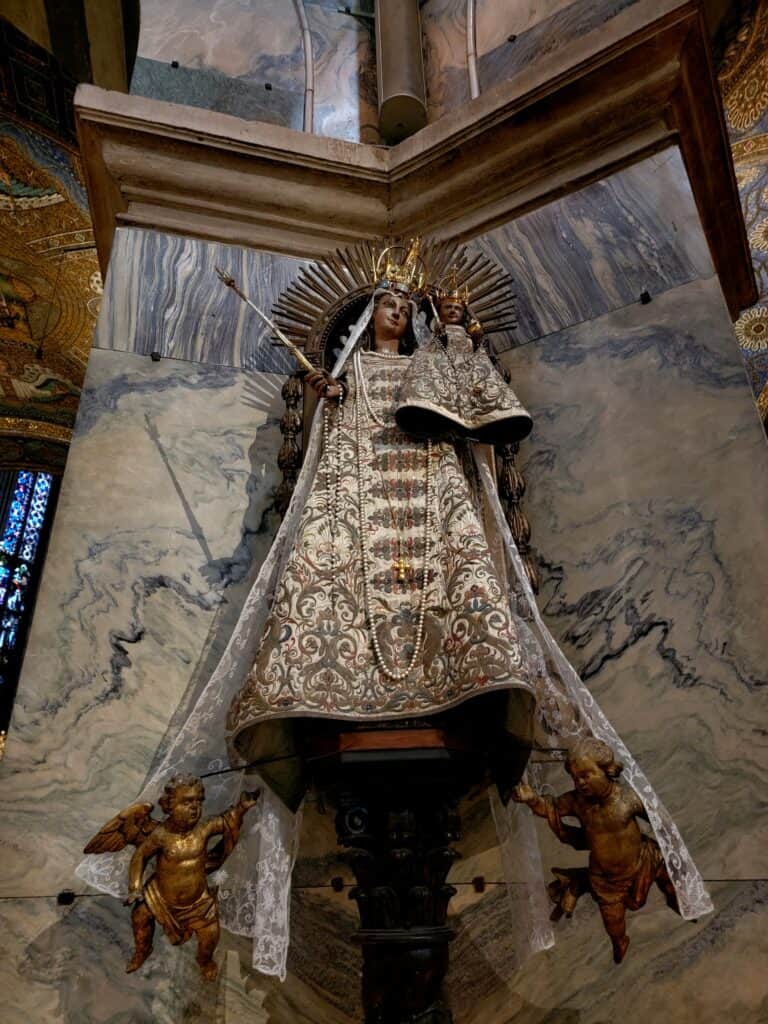
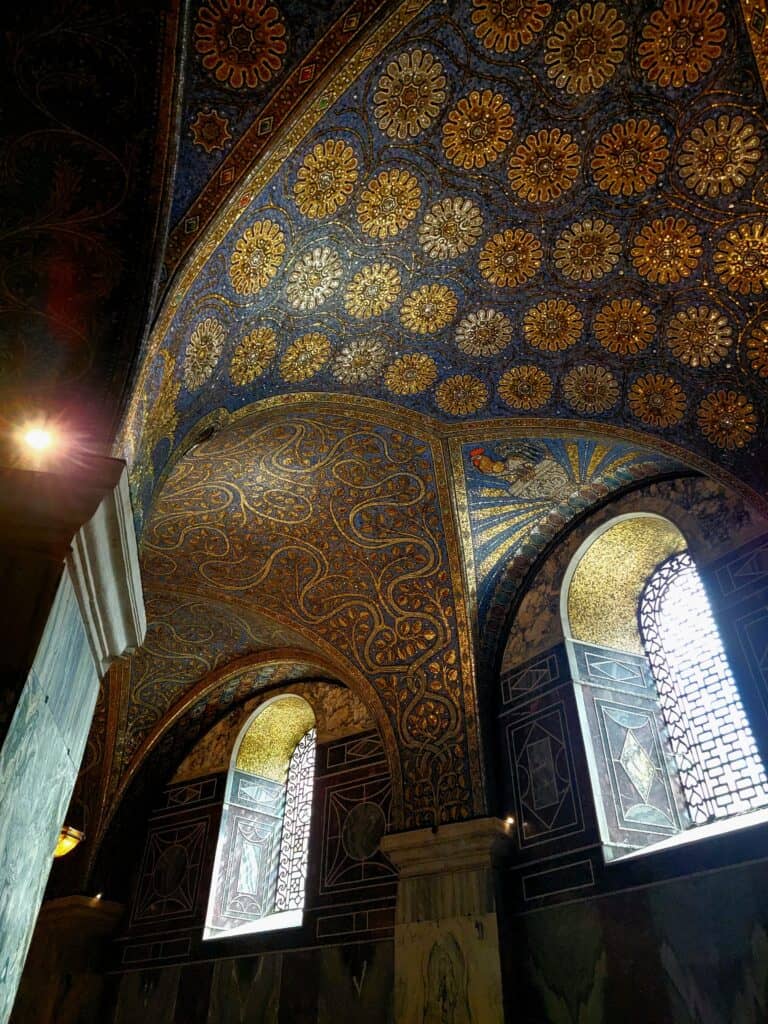
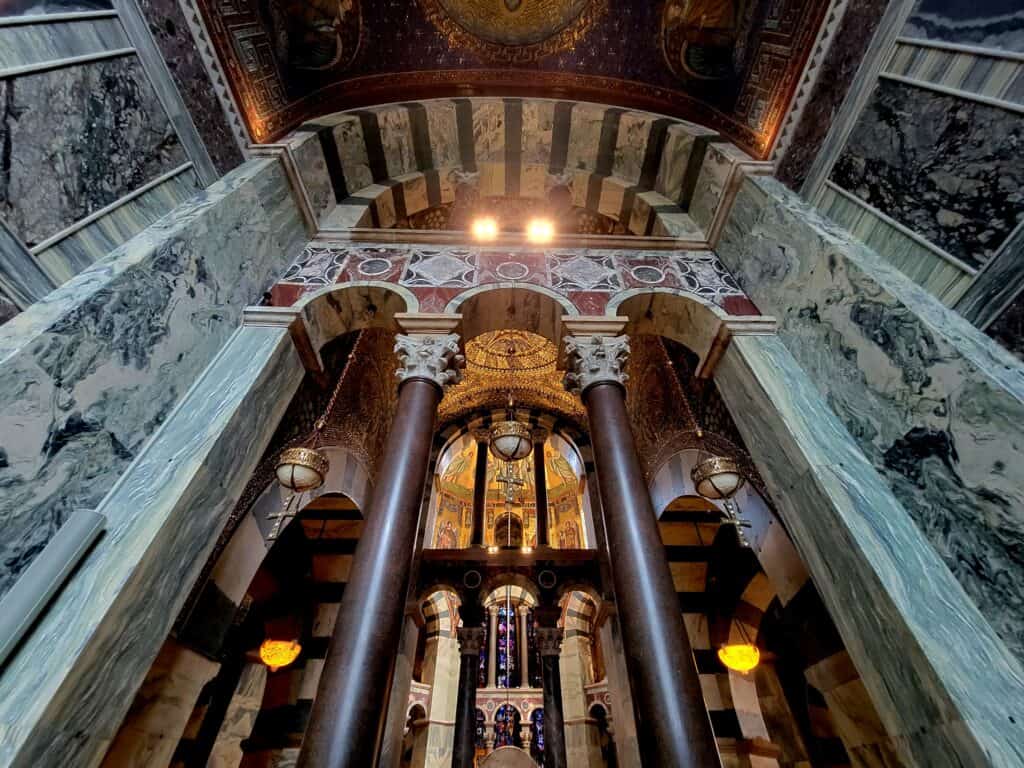
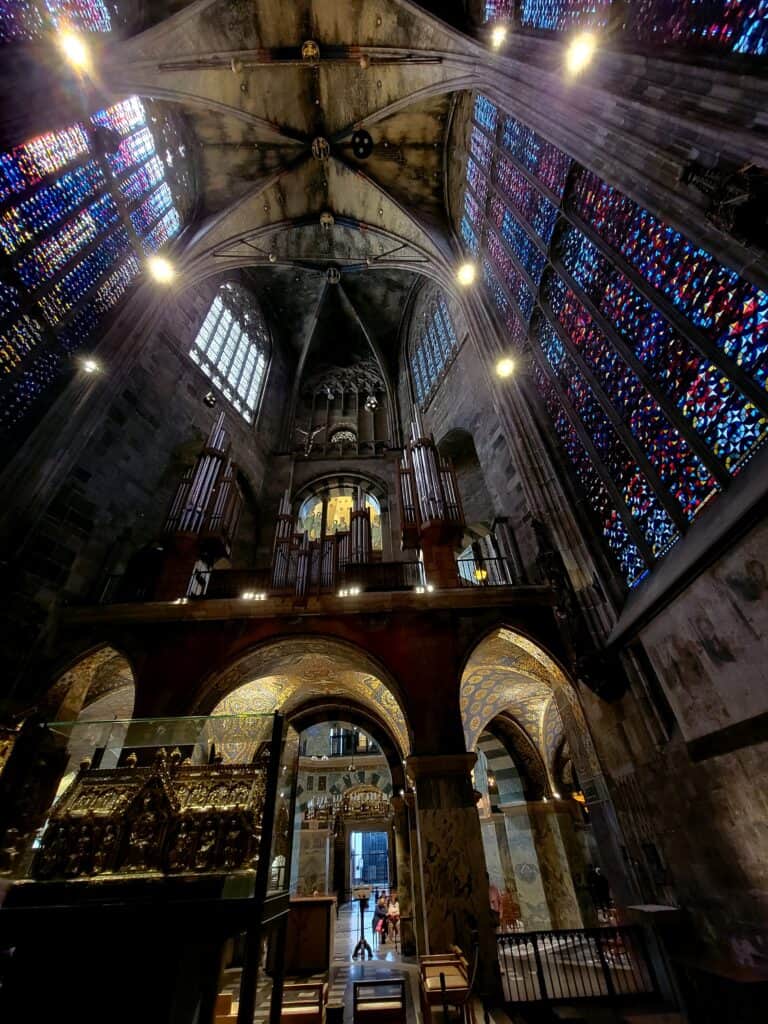
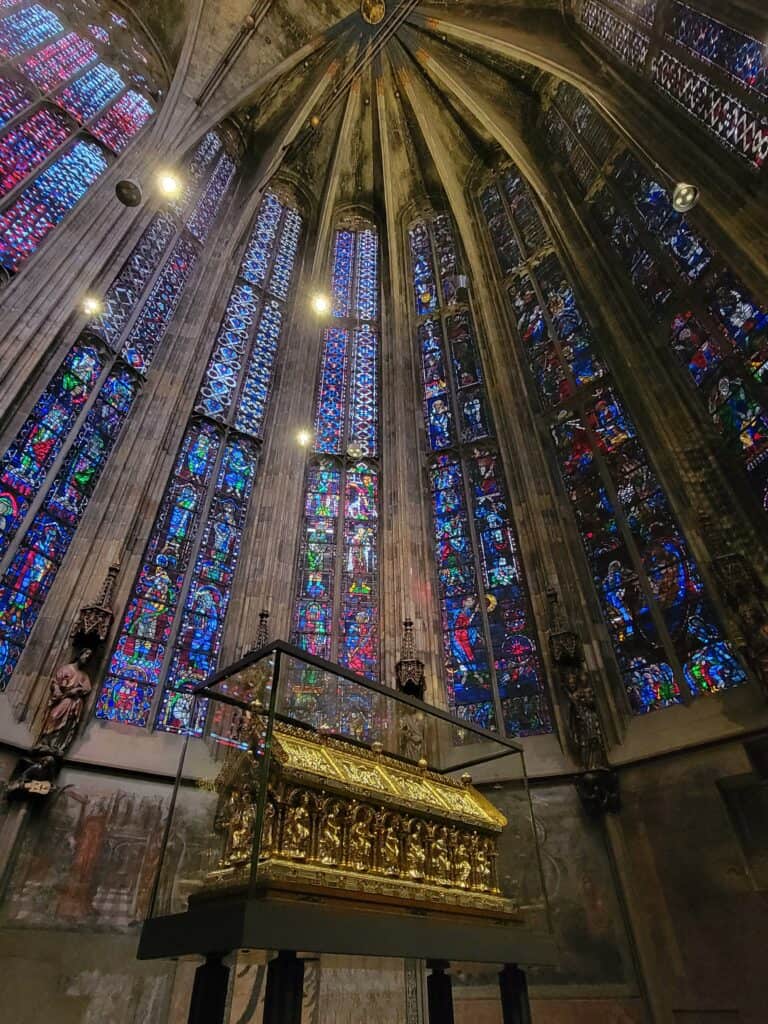
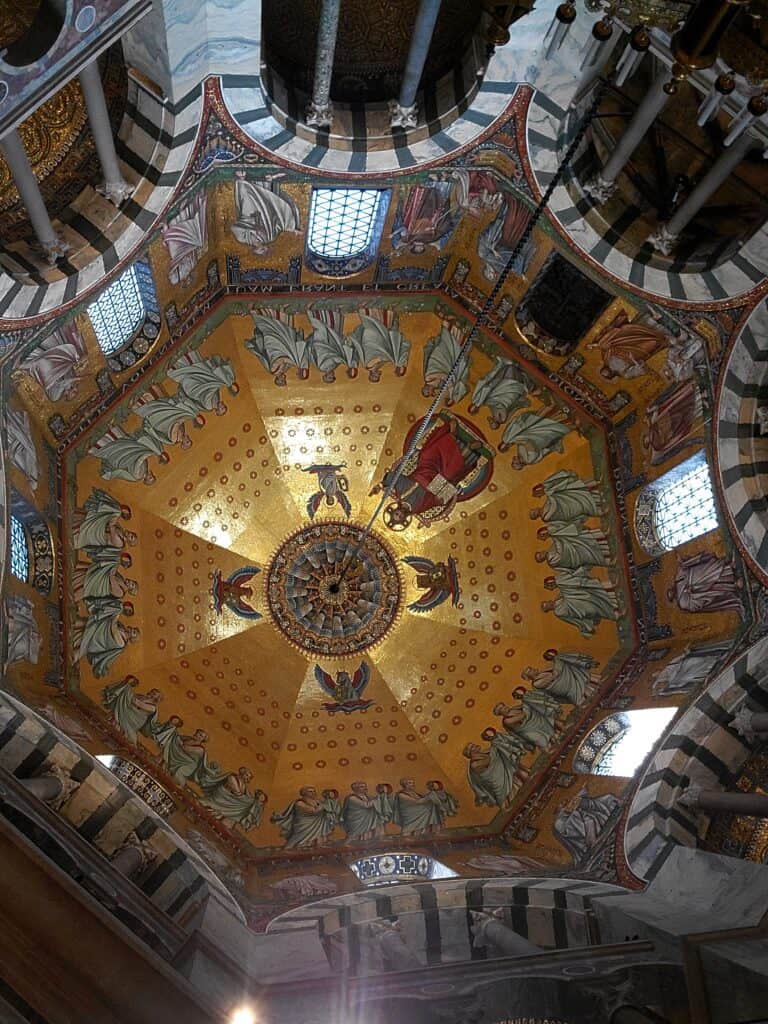
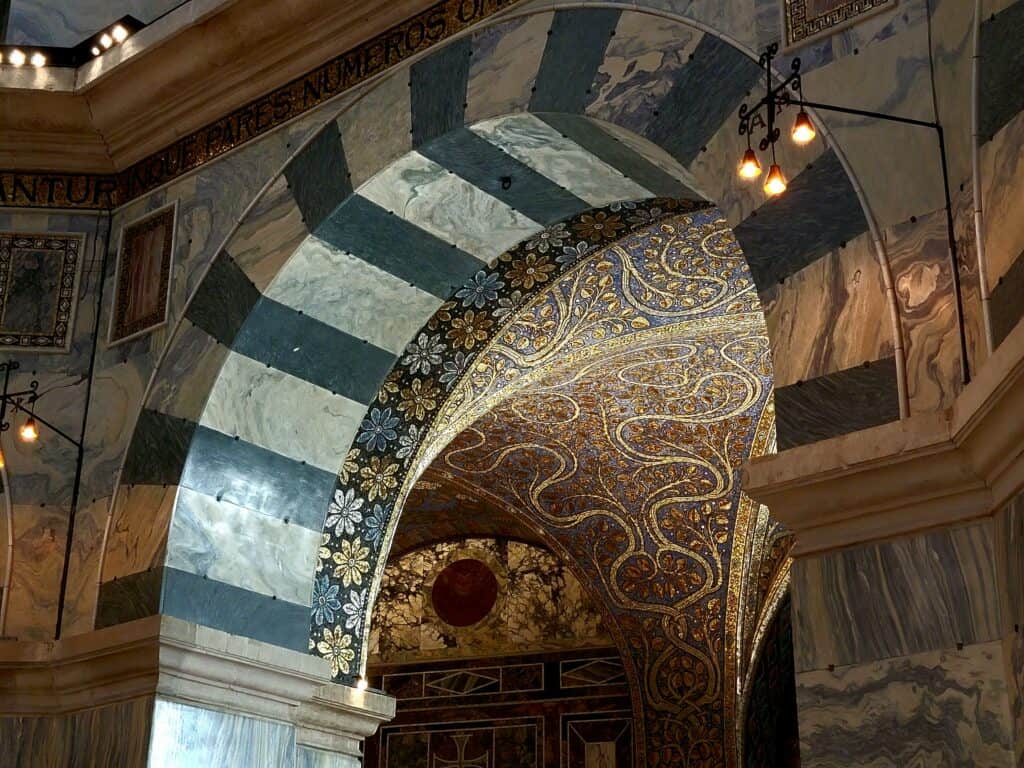
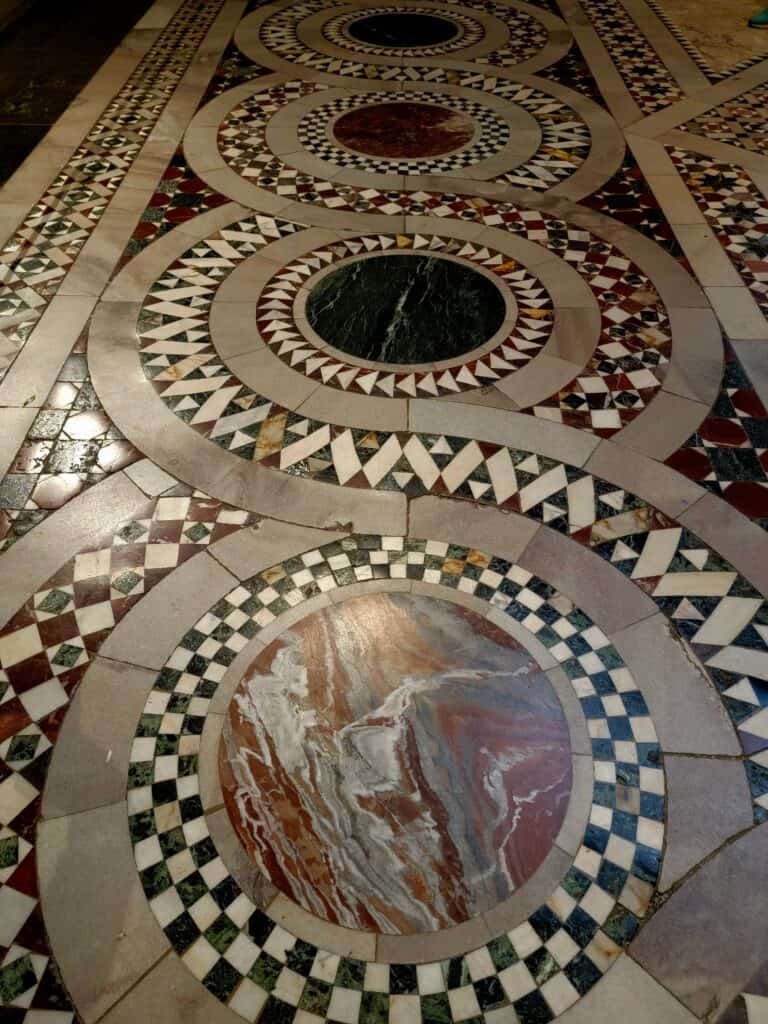
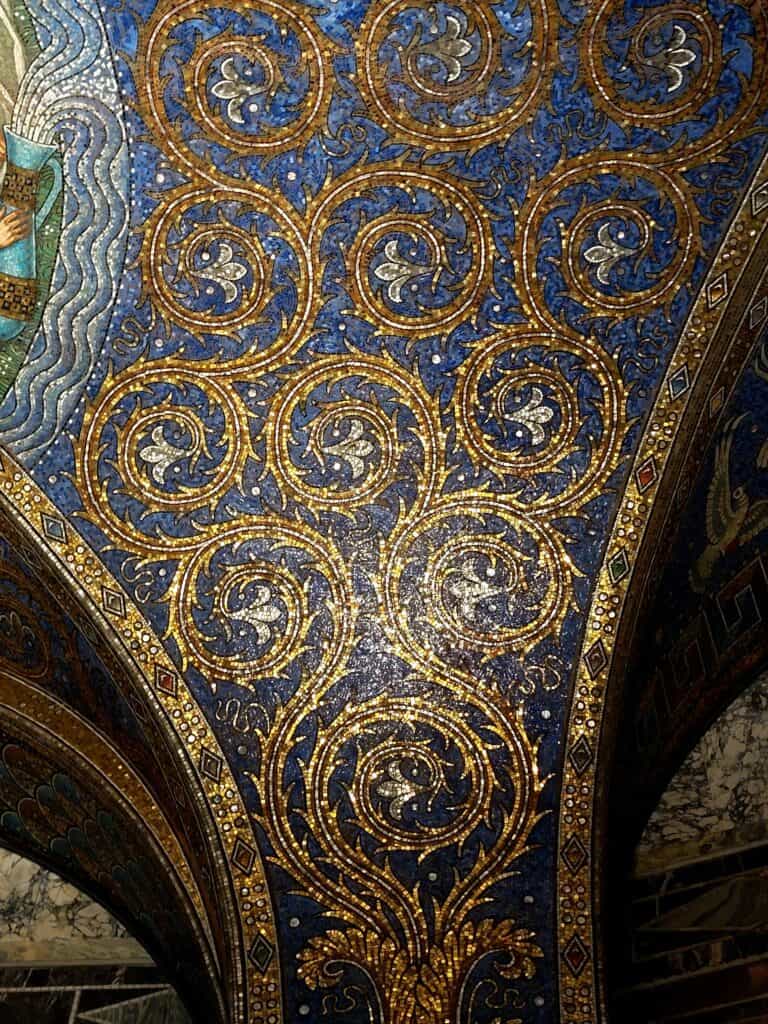
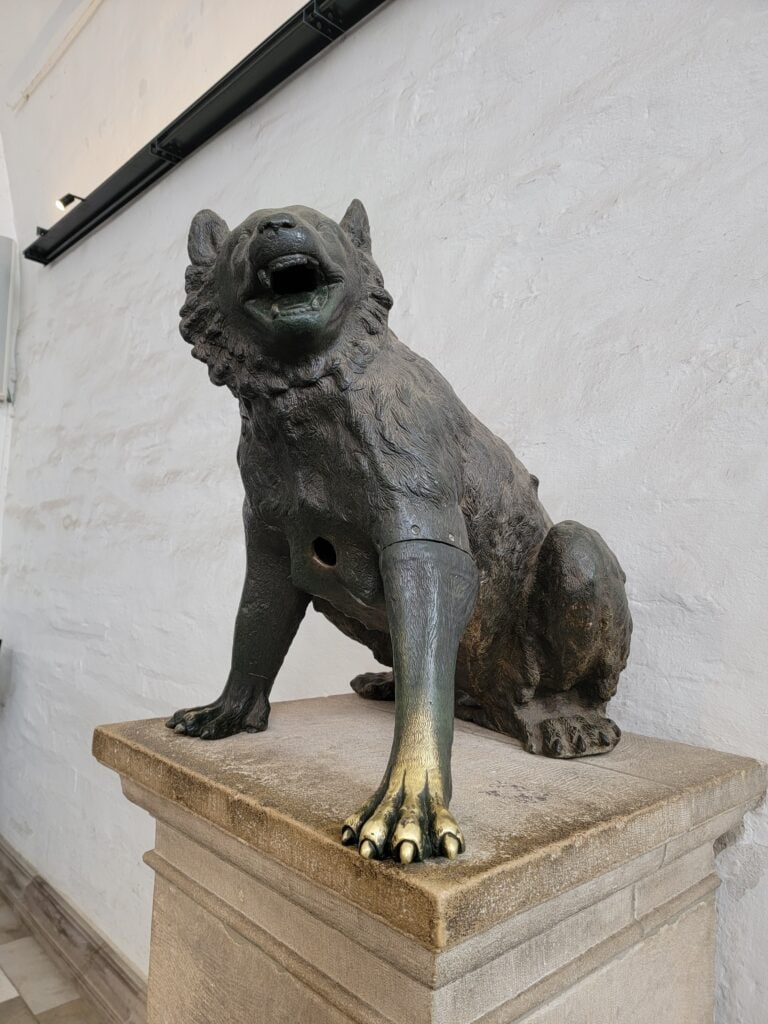
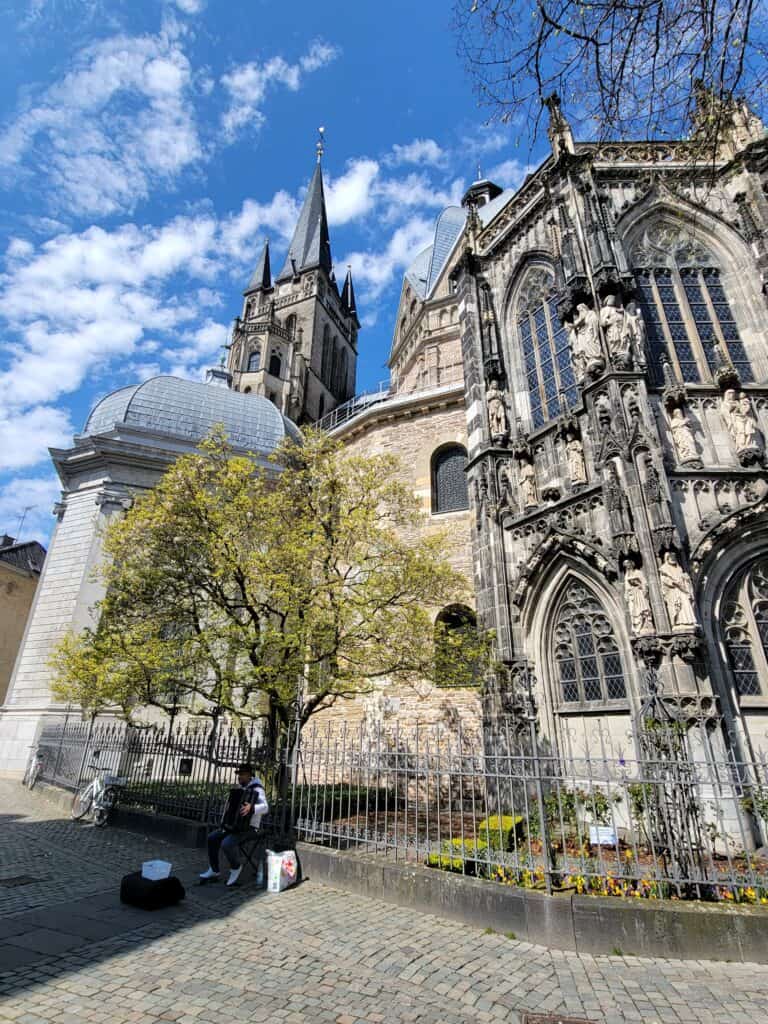
I have to tell you, nothing prepared me for the wow factor of Aachen cathedral. No matter how many other cathedrals you’ve been lucky enough to see, this is a one-of-a-kind. But don’t just take my word for it. The greatest German artist of all time, Albrecht Dürer had this to say after visiting the cathedral for the coronation of Emperor Charles V in 1520.
“Since I have seen every royal marvel, [I know that] no-one living has seen a more marvellous thing.”
And he said that before the 6 million-piece glass mosaic ceilings!
[If you want, you can read my post and learn more about Dürer’s home town of Nuremberg where you can visit his house!]
Sponsored content: the following section contains affiliate links
Charlemagne’s Throne
In addition to the shrines of Otto III, and Charlemagne, the artifact that really impressed me was perhaps the most understated and humble thing in the place – the throne.
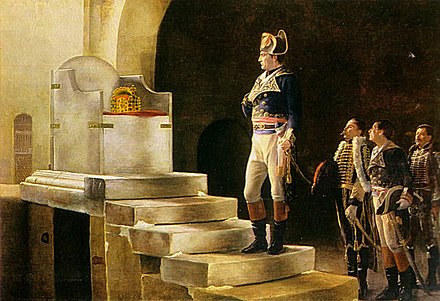
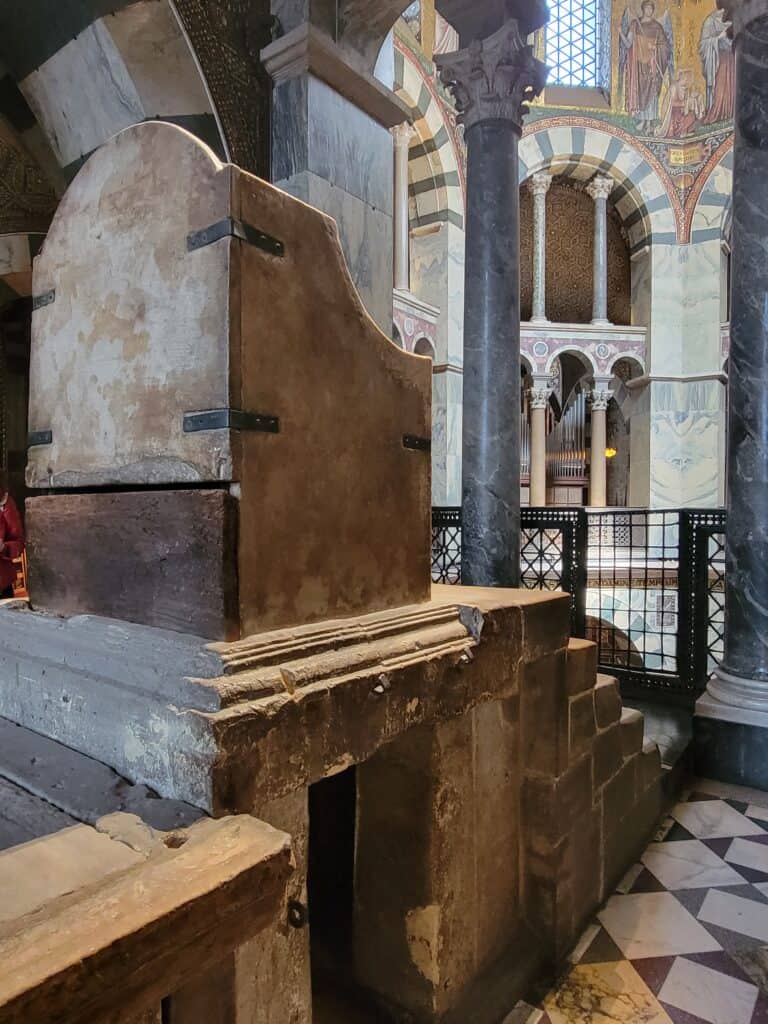
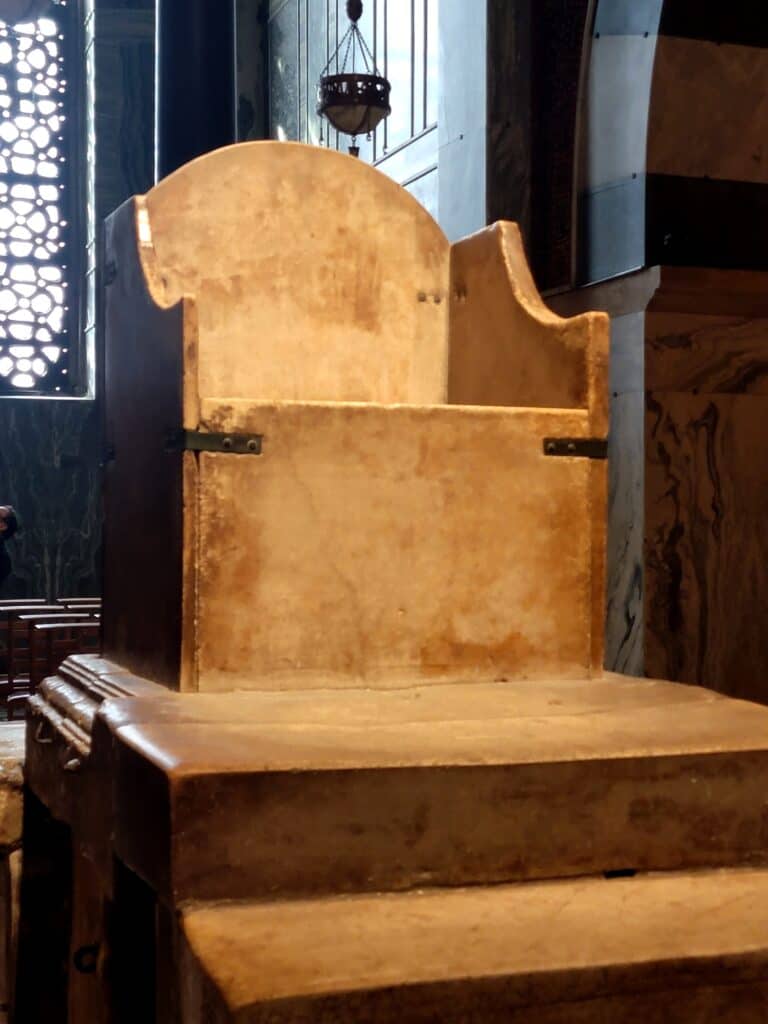
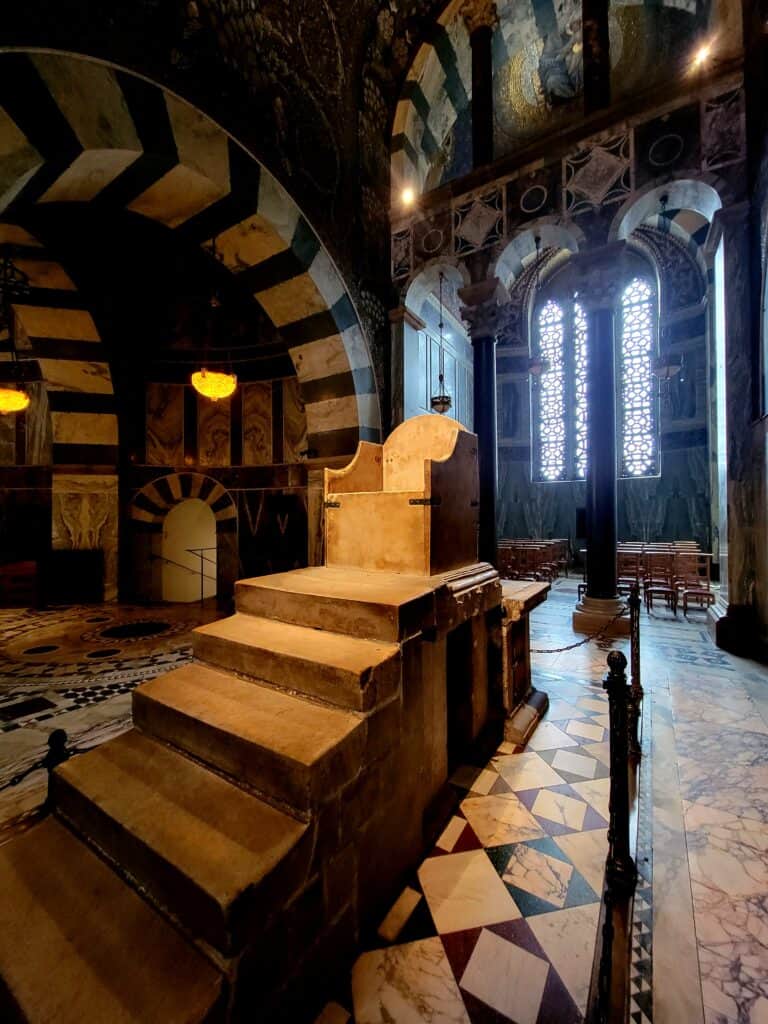
This simple throne was made from recycled marble slabs at the end of the 8th century. Charlemagne used it, and 30 kings and 12 queens sat in it during their coronations. But the French Emperor Napoleon visited Aachen in 1804 and refused to take a seat out of respect. It even humbled Napoleon, and that’s saying something!
Incredibly, the throne has survived for more than a millenium. During World War II it was covered with tar paper and buried in sand to save it from potential destruction. You can still see the stains from the tar paper, but it made it through relatively unscathed. Even the floor underneath the throne is the original marble flooring, some of it transported from Egypt.
The Treasury
The whole place is a treasury, but the treasury proper is located right next door and is a must-see! The collection of amazing gold pieces, Medieval art, and relics are pretty amazing.
I said “most” of Charlemagne is buried in the shrine, but the rest of him is here. A piece of his skull, his femur, his right arm. And he was removed from his original Roman sarcophagus (3rd century AD), in favor of the fancy one in the cathedral now. Charlemagne was over 6 feet tall and would have towered over 98% of the population in his day. He chose the appropriately large sarcophagus, and ordered it brought from Rome for use as his eternal resting place. So much for plans.
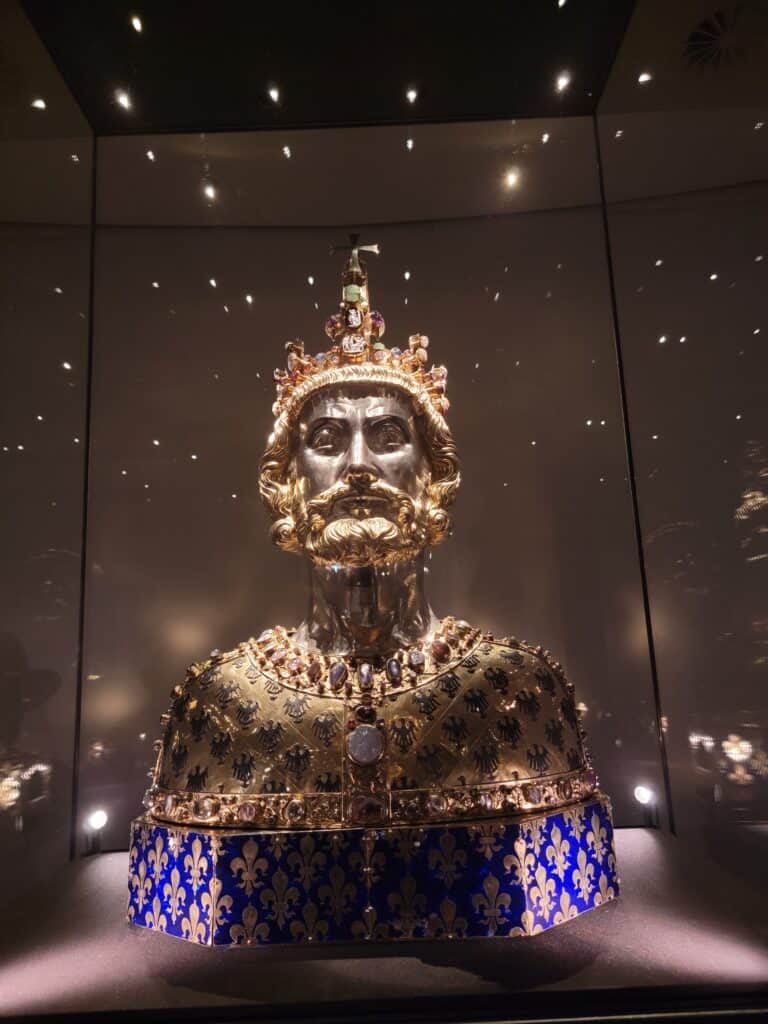
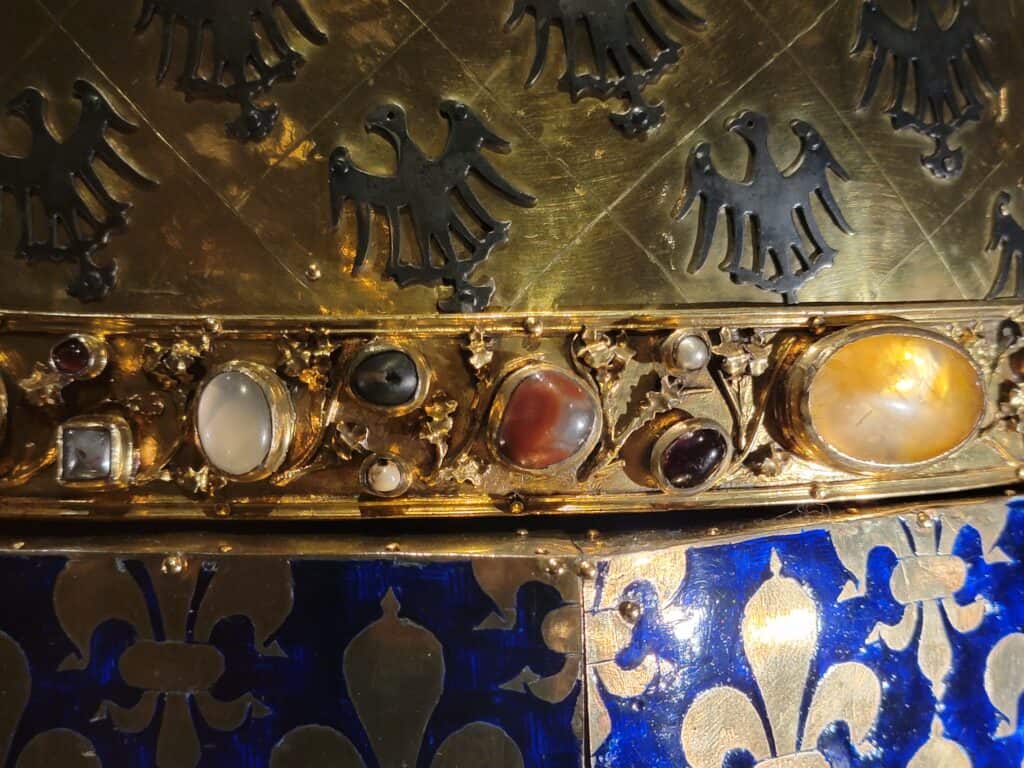
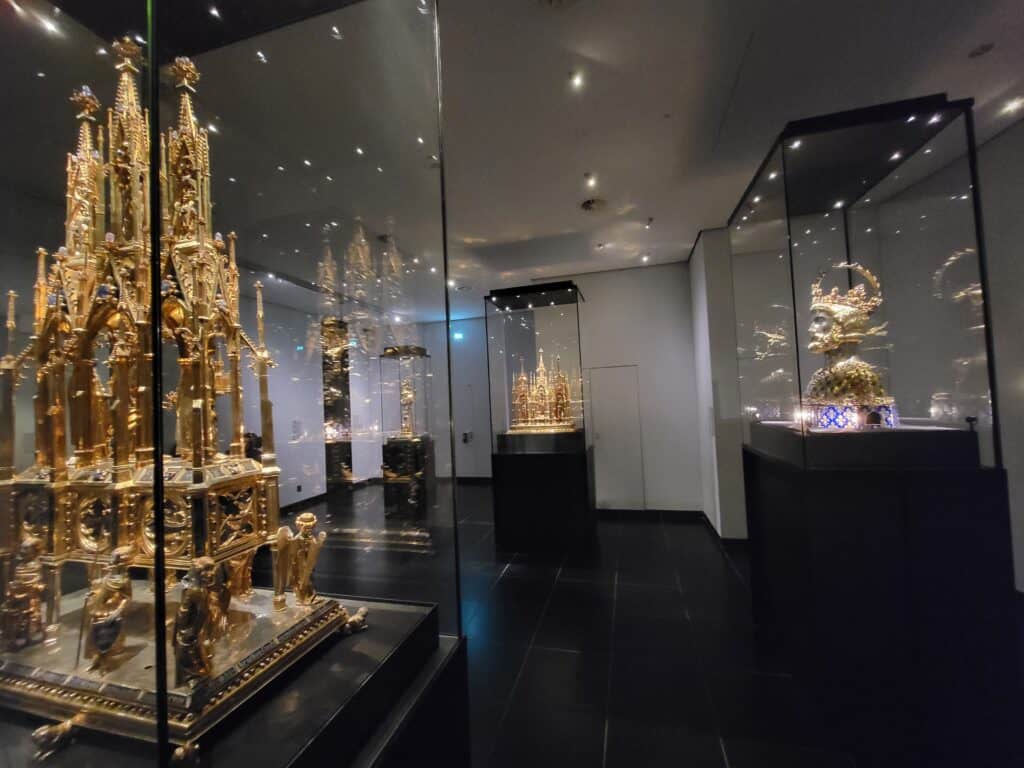
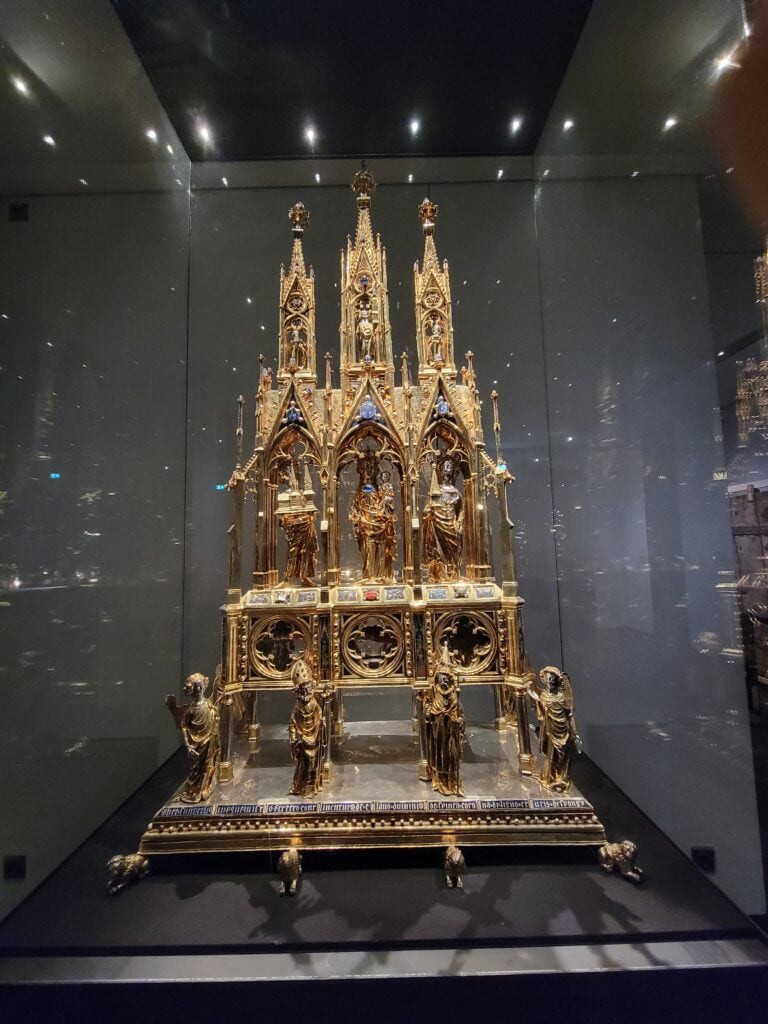

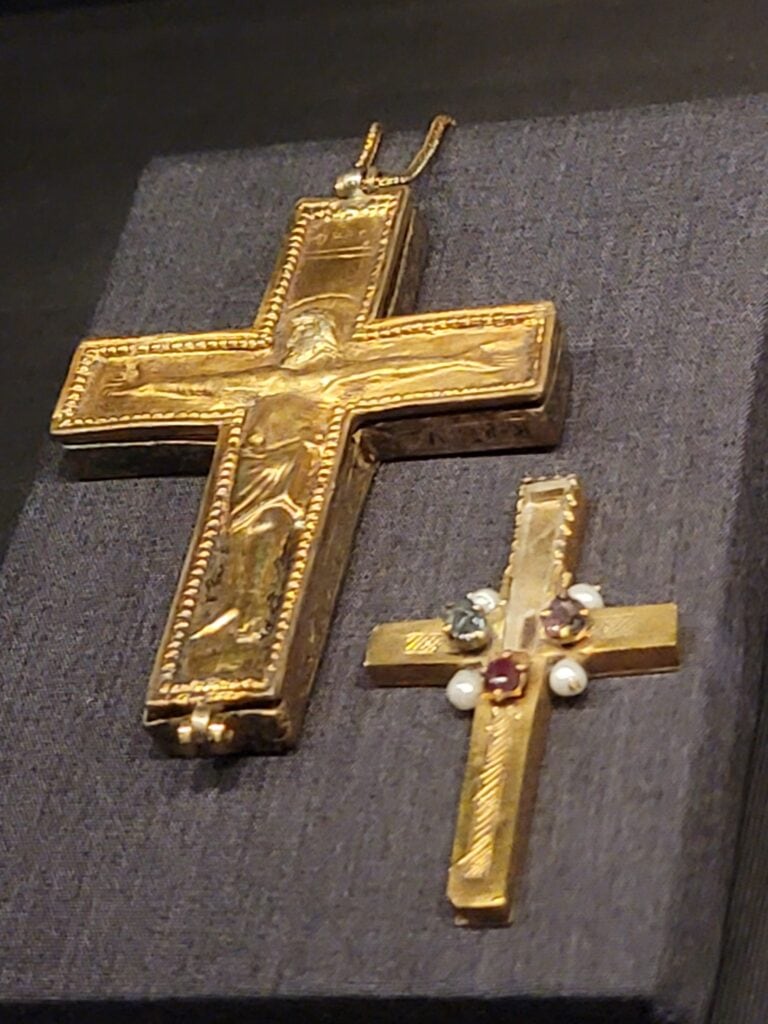
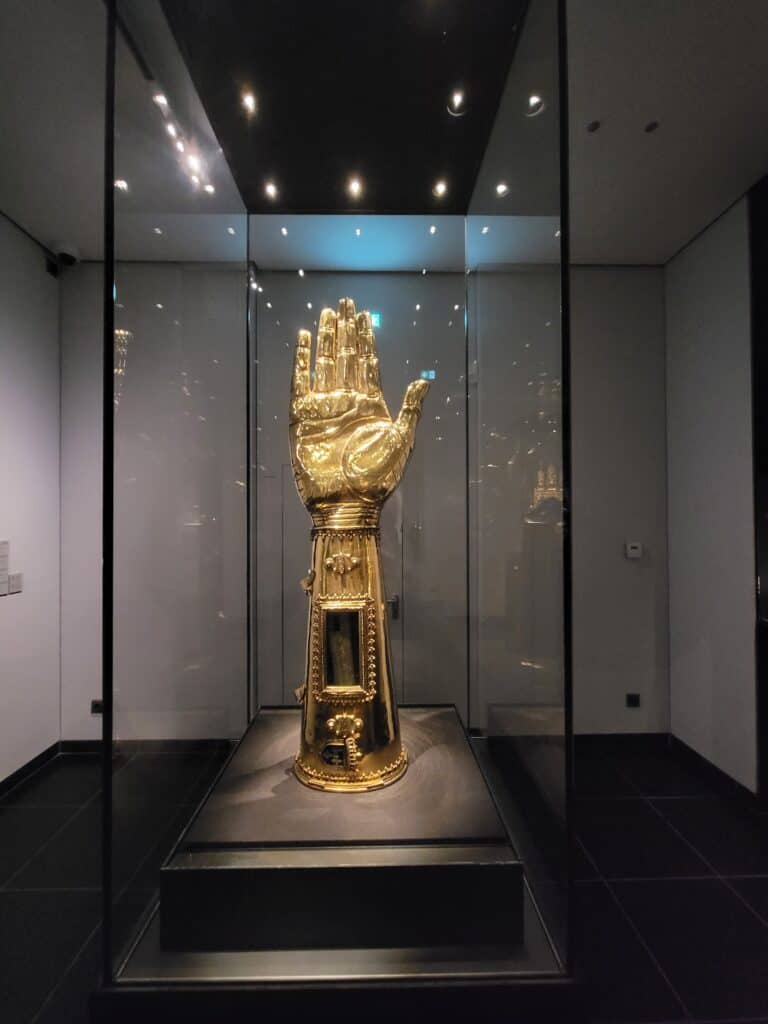
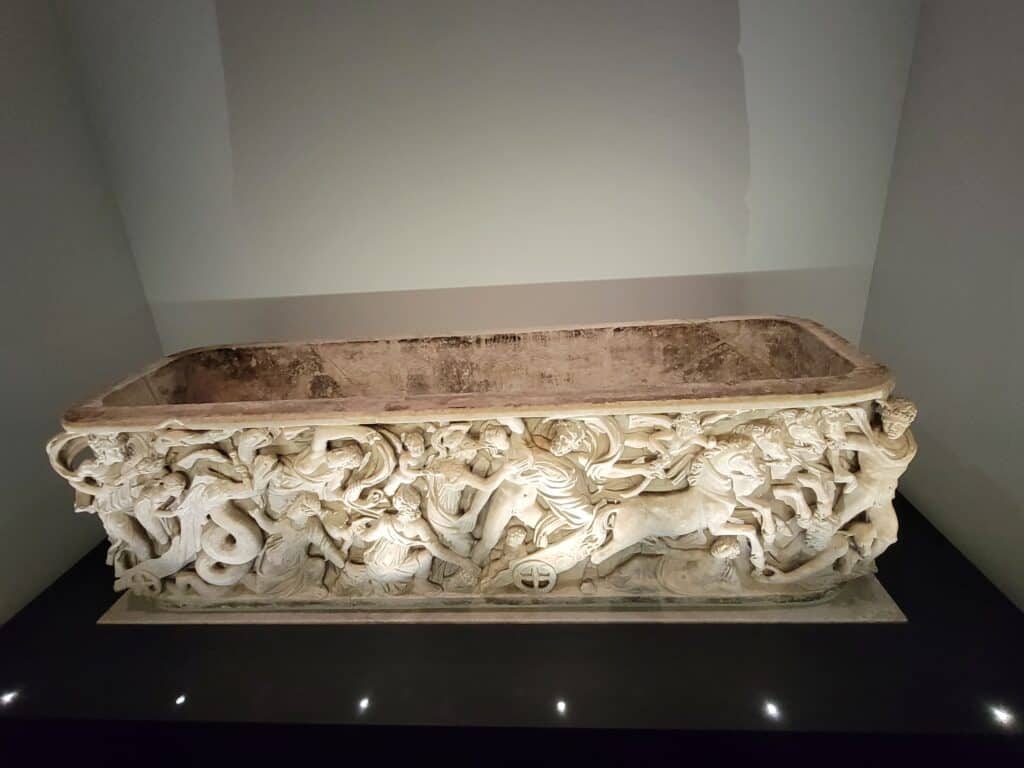
After the dazzling display in the Treasury, we hit the gift shop and picked up a bottle of Charlemagne gin and vodka just for fun, and they turned out to be amazingly good!
✅ Check out Aachen’s highest rated 1-hour tour with an English speaking guide!
End your one day in Aachen on a sweet note
And no trip to Aachen would be complete without indulging in the local specialty cookie – the printen. Fortunately, there’s a great bakery right near the cathedral. Printens are spicy little crispy cookies with nuts on top. If you like gingerbread, I highly recommend getting some. Less traditional versions have chocolate!
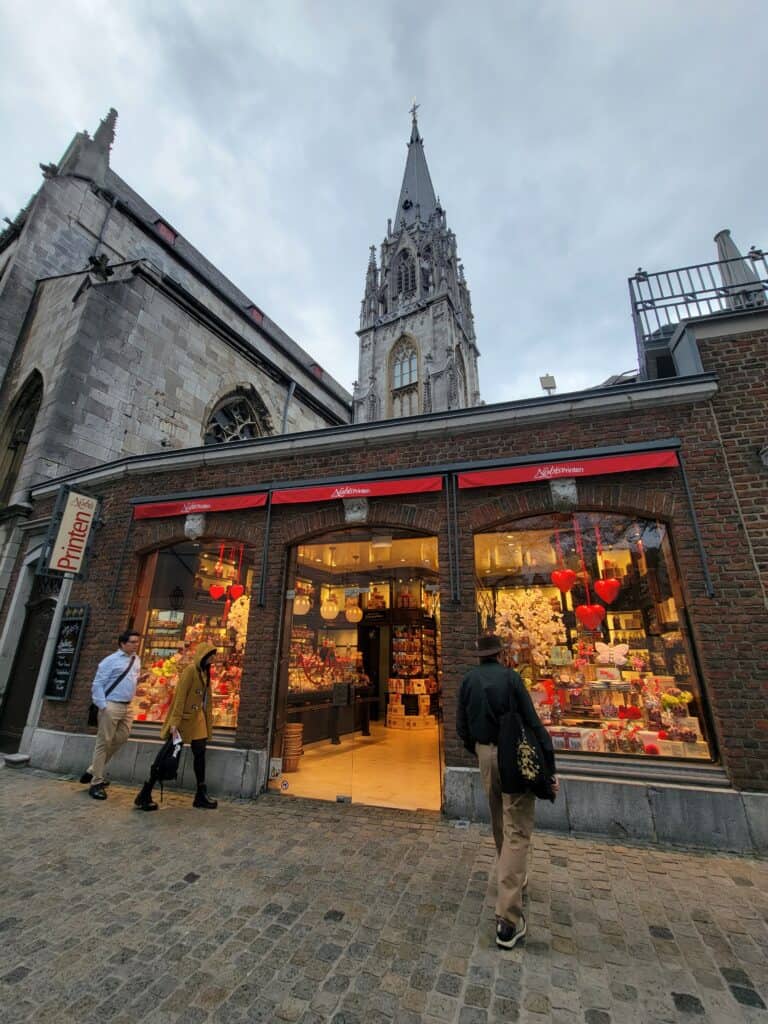
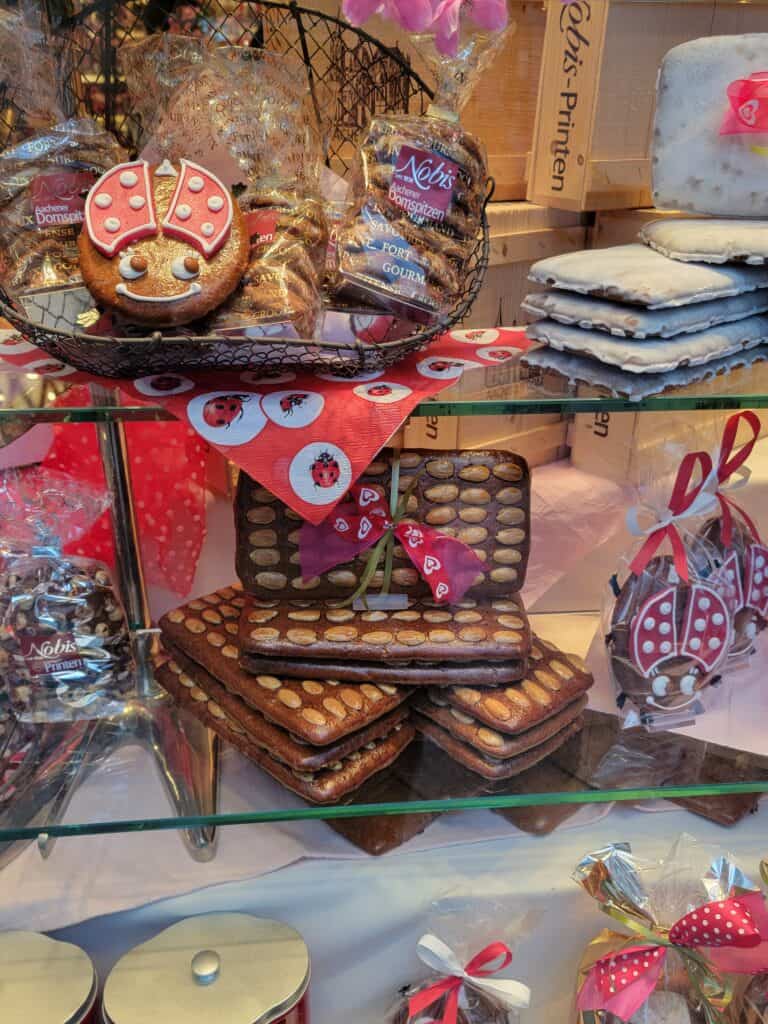
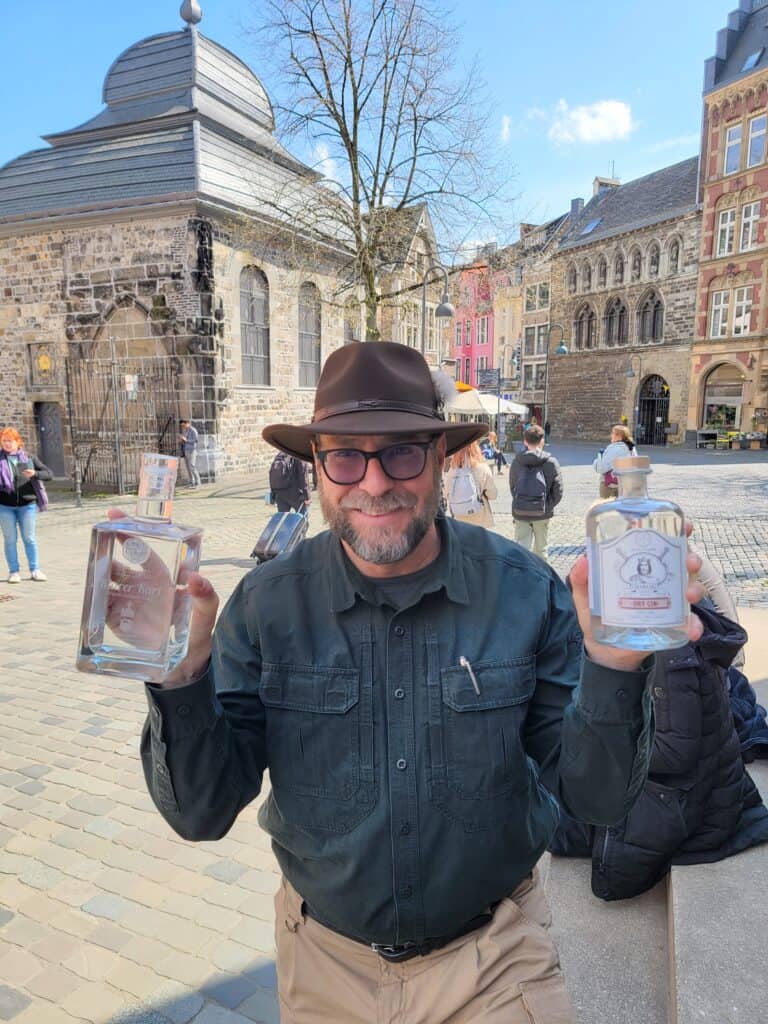
One day in Aachen is enough to see things you’ll remember for a lifetime. Aachen is a little off the beaten path, but I’d definitely go out of my way to visit this less-traveled gem that was once the hub of the Roman Empire.
Other City Guides to Hidden Gems in Europe
- 46 Best Things to Do in Rothenburg ob der Tauber
- 25 Best Things to Do in Nuremberg: History and Hidden Gems
- One Day in Bamberg: Best Guide to Germany’s Medieval Beer Capital
- 21 Best Things to Do in Kaiserslautern Germany
- 11 Best Things to Do in Trier, Germany
- One Day in Aachen? Discover the Treasure!
- 11 Best Things to Do in Marburg, Germany’s Fairytale Town
- The Perfect Weekend in Cologne, Germany
- The 12 Best Things to Do in Epernay France
- 12 Incredible Things to See in Metz, France
- Ostuni the White City: Your Magical Gateway to Puglia
- The 7 Most Amazing Things to Do in Ravello Italy
- Is Pisa Worth Visiting? The Good and the Bad.
- Ravenna, Italy – Ultimate One-Day Itinerary!
- Altdorf Switzerland: Discover Where William Tell Shot the Legendary Apple
- 20 Amazing Things to Do in Poznan, Poland!
Be the first to know when we post new city guides and other helpful content about hidden gems in Europe!
